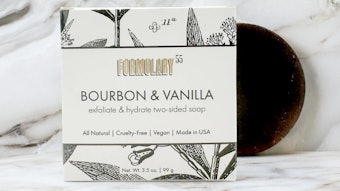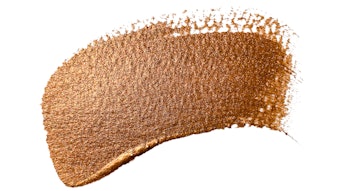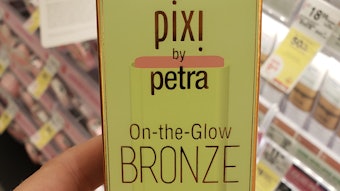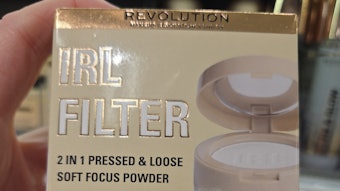There are a number of colorants that are permitted for use in cosmetics in the United States. Only synthetic organic colorants require certification by the US Food and Drug Administration (FDA). These colorants are given names by the FDA to distinguish them from their uncertified counterparts. In fact, color additives are the only cosmetic ingredients that are controlled by the FDA. Only certified color additives can be labeled as FD&C, D&C or External D&C colorants.
The same colorants regulated by the FDA have a different nomenclature in the European Union and Japan. Therefore, the same colorant will have one of three different names on the ingredient label depending on where the product is sold. In the European Union, colorants are identified by a Colour Index (CI) number or by an E number (E100-E199) if they are used in food. Japan has an different nomenclature and numbering system that is unlike the United States or the European Union.
In the United States, the same colors can be used in different industries such as printing, paint and personal care. Two colorants may be chemically identical to one another and used in multiple industries, but they must be differentiated so that they can be used in the proper and permitted applications. For example, Vat Red 1 is a color that is used in multiple industries in the United States, but people may not recognize it by this name. When a color manufacturer submits a colorant for certification, the batch is placed in quarantine until the certification number is granted. This is to protect the color from contamination or from being altered. Only when the color passes this certification process and is issued a number and label by the FDA, does its recognizable name appear. The certified name for Vat Red 1 after approval becomes D&C Red No. 30. The regulations for this particular colorant, its permitted uses, nomenclature and any other controls that are placed on this now certified color can be found in 21 CFR Part 74.2330.
This procedure holds true for any certified color additive used in the United States. The prefix FD&C, D&C or Ext. D&C can only be used after the colorant has successfully passed the certification process. Until then, it must be called by its chemical name or synonym. Another example is Allura Red AC or Food Red 17. When this colorant passes the certification process, it can then be called FD&C Red No. 40. Every colorant subject to government certification falls into this category and follows this same process and they can all be found in 21 CFR Part 74. Part 74 deals with all colorants subject to certification, while subpart C identifies colorants specifically used in cosmetics.
While the Code of Federal Fregulations (CFR) does not identify the colorant names or common synonyms, it does identify the actual chemical name based on its organic structure, which is even more difficult to understand. The names mentioned above, Vat Red 1 and Food Red 17 can be found in the Personal Care Product's Council's International Cosmetic Ingredient Dictionary and Handbook with the regular name, the certified name and when each name can be used.
Formulators, do not be alarmed when colorant is called tartrazine, quinoline yellow or acid blue 9. It is a colorant waiting for certification before it can use it in foods, drugs or cosmetics.










